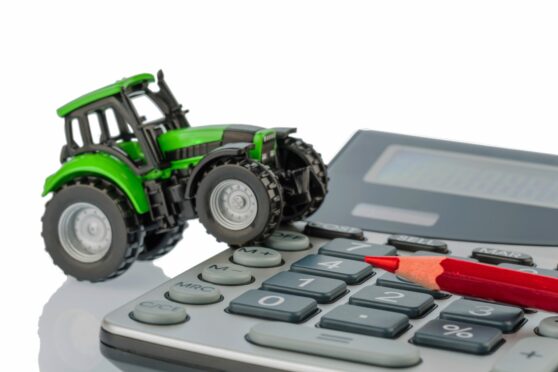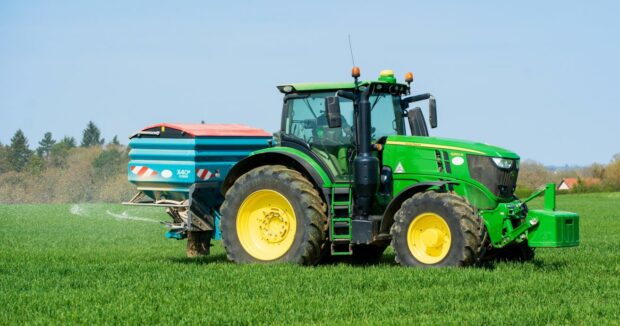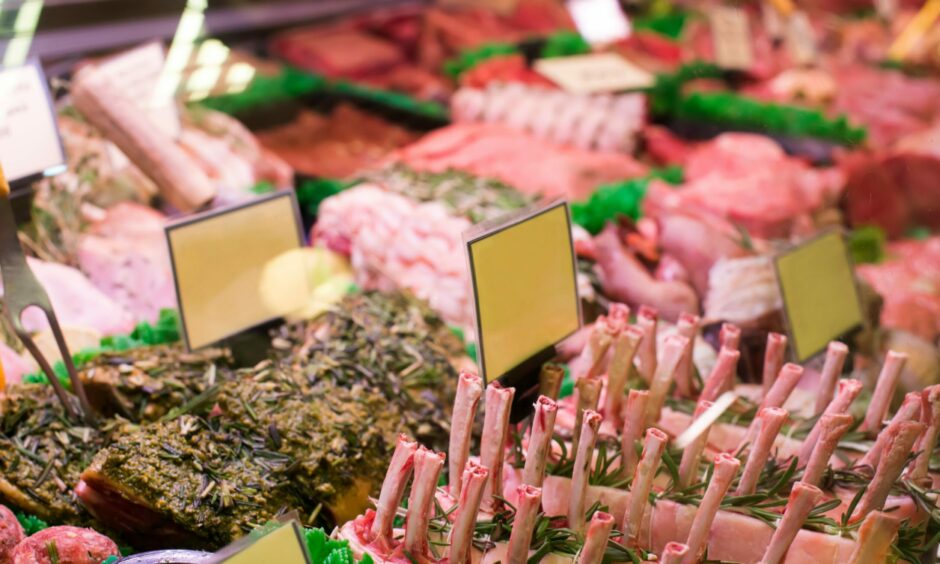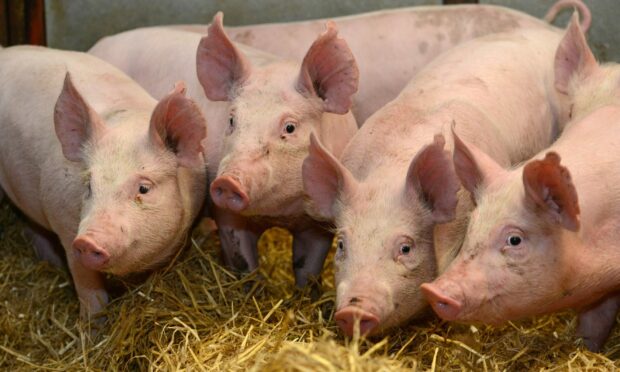Rising input costs and high levels of inflation will hit farm business margins throughout 2022, according to AHDB.
The levy body’s latest agri-market outlook report says the aftershock of Brexit, coupled with the economic ramifications of the Covid-19 pandemic and the ongoing energy crisis, will put pressure on farm business bottom lines for the next six months.
It says high inflation is likely to impact consumer spending behaviour with shoppers opting for lower-priced products or trips to cheaper supermarkets, while high fertiliser costs could hit yields if farmers choose to apply less feed to crops.
“Whilst inflation might be transitory, we are facing it at possibly the worst time,” said AHDB economics and analysis director, David Eudall.
“What it all means is a period of higher costs for farming businesses and while commodity prices are sitting at high levels, we know that the markets are cyclical and this can change quickly.”
AHDB arable market specialist manager, Vikki Campbell, told a virtual press briefing that the market fundamentals for the cereals sector – both domestically and across the globe – remained tight.
She said a reduction in spring cropping in favour of winter drilling meant the forecasted UK wheat area was up, while barley is back, however high input costs for fertiliser and fuel could have yield implications.
Ms Campbell said: “If we see fertiliser applications delayed or drawn back because people are spreading their fertiliser more widely, we could potentially see some yield implications on that.”
AHDB’s economic strategist, Sarah Baker, said high input costs were here to stay.
She said: “We expect that there’s going to be no let up in fertiliser costs this year and we are going to see much more prudent application.”
However, Ms Campbell said UK growers can at rest assured that they are not the only ones facing increased costs – their competitors in major exporting countries such as the US are also facing high fertiliser costs.
Meanwhile, a change in consumer buying habits due to high inflation could hit the lamb sector more so than other red meat sectors, according to AHDB’s head of strategic insight David Swales.
He said: “In previous recessions we have seen a trading down [among consumers] with the products they purchase or the shops they buy from.
“We have put lamb consumption down by 3% [for this year]; a key factor behind that is the relatively high price point.”
The report predicts a 12% increase in total sheep meat production in 2022, with the lamb kill up 11% and the number of cull ewes slaughtered up by 34%.
Exports are predicted to increase by 5% as the market recovery’s from the initial shock of Brexit, however imports are predicted to fall by 6% due to a tighter global market.
AHDB’s head of market specialists for dairy and livestock, Chris Gooderham, said beef production was expected to rise slightly as more prime cattle become available, however consumption is likely to drop by 1% as easing retail demand offsets rising food service trade.
He said the pig sector was facing “immense pressure” with Defra estimates from December suggesting there was a backlog of more than 170,000 pigs waiting for slaughter on British farms.
Mr Gooderham said: “We expect a 2% fall in UK pig production in the second half of 2022; prices are going to remain weak.”
Lastly, Mr Gooderham said British milk production was forecast to end the 2021/22 season down on the year, with only modest growth predicted for the 2022 calendar year as high input costs impact yields.
He said rising costs meant there was no longer an incentive to get as much milk as possible out of every cow.



